When you’re planning a ski trip, you’ll hear terms like ski area, ski resort, and ski station. They sound similar, but they’re not exactly the same:
- Ski Area: Focuses on the basics - slopes, lifts, and terrain for skiing or snowboarding. Perfect for day trips.
- Ski Resort: Includes all the extras - lodging, dining, shops, and entertainment. Ideal for multi-day stays.
- Ski Station: Common in Europe, it’s all about skiing, often without the added amenities of a resort.
Understanding these terms helps you choose the right destination for your trip. Whether you’re hitting the slopes for a day or planning a full vacation, knowing what to expect can make all the difference.
The Ultimate Guide to Choosing a Colorado Ski Resort
Different Names for Ski Areas
When it comes to skiing and snowboarding, the terminology for these locations can vary depending on where you are in the world. Knowing the distinctions can help you understand what to expect in terms of facilities and overall experience.
Ski Area
A ski area is the most straightforward option for hitting the slopes. These spots typically include marked trails, lifts, and safety patrols, but don’t expect much beyond the basics. They’re perfect for day trips when all you need is the essentials. If you’re packing light, gear like Snowfeet* skiblades can make things even easier - no bulky roof racks required, so you’re ready for those last-minute adventures.
Ski Resort
A ski resort takes things up a notch, offering a more complete getaway. Along with groomed slopes and lifts, resorts often include on-site lodging, restaurants, shops, spas, and other amenities. This makes them ideal for multi-day vacations where you want convenience and comfort. Plus, staying right at the base means you can quickly stash your gear in your room and get back to relaxing after a day on the mountain.
Ski Field and Ski Station
In New Zealand and Australia, the term ski field is common. These areas often feature more natural terrain with fewer groomed runs compared to their North American counterparts. Meanwhile, in Europe - think France or Switzerland - you’ll hear ski station. These locations are more focused on the skiing itself, with fewer of the extras you’d find at a resort.
Snowfeet* gear is a great fit for all these environments. Its shorter length and easy maneuverability make it a solid choice, whether you’re tackling steep, technical runs or exploring new terrain abroad.
Regardless of whether you’re heading to a ski area, resort, or station, Snowfeet* gear combines portability and performance to keep your adventures hassle-free and fun.
What You'll Find at Ski Areas
Ski areas are designed to make your mountain adventure as fun and hassle-free as possible. From the slopes to the base lodge, there’s a lot to explore. Knowing what’s available can help you plan ahead and make the most of your day.
Slopes and Trails
Ski runs are marked using a color-coded system to match different skill levels: green for beginners, blue for intermediate skiers, black for advanced, and double black for experts. Trail maps are your best friend - they show the ratings for each run and keep you updated on snow conditions. If you’re using compact gear like Snowfeet*, you’ll find they give you extra control, whether you’re carving down steep trails or cruising easier slopes. And once you’ve nailed a few runs, the lift system will keep you moving so you can explore even more terrain.
Lift Systems
Getting around the mountain is a breeze with different types of lifts, including chairlifts, gondolas, magic carpets, and surface lifts like T-bars and rope tows. Compact gear like Snowfeet* makes hopping on and off these lifts easier than with traditional skis. At the top, you can quickly adjust your gear and get ready for another thrilling ride down the slopes.
Equipment Rental Services
Rental shops at ski areas usually have everything you need: skis, snowboards, boots, helmets - you name it. But if you’re looking to skip the rental lines, Snowfeet* gear offers a convenient alternative. With standardized sizing and a portable design, they’re ready to go without the usual rental hassle.
Other Facilities
The base lodge is where you’ll find all the essentials: a cafeteria for refueling, gear storage, and cozy spots to warm up. Ski areas also offer extras like ski schools, terrain parks with jumps and rails, tubing hills, snowshoe trails, and sometimes even spas or live entertainment. If you’re into terrain parks, Snowfeet* gear stands out with its quick handling and compact size, making it easier to navigate tight spaces or recover from small stumbles. Plus, their portability is a huge bonus in crowded areas.
Regular Skis vs. Snowfeet* Products
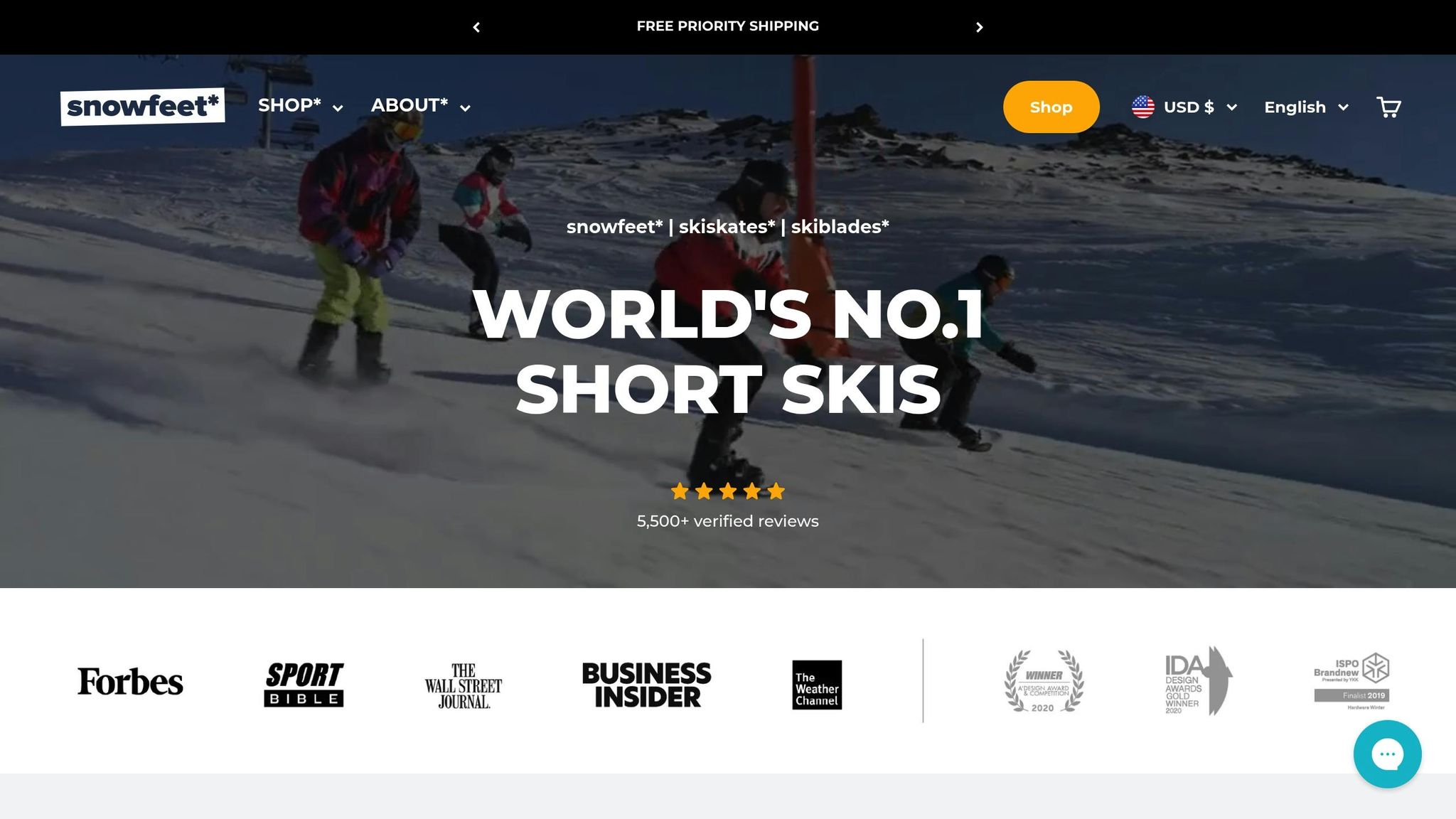
When it comes to skiing gear, convenience is often a game-changer. Snowfeet* products take the hassle out of traditional skiing equipment, offering a lightweight and portable alternative that’s easy to use and transport. Let’s break it down.
Regular Skis and Snowboards
Traditional alpine skis are no joke when it comes to size and weight. They’re typically 60–72 inches (152–183 cm) long and weigh around 8–12 lbs each. Snowboards aren’t much lighter, measuring 54–66 inches (137–168 cm) and weighing between 6–10 lbs. This bulkiness can make them a pain to carry, store, and transport - especially if you’re traveling or have limited space.
Why Snowfeet* Products Are a Game-Changer
Snowfeet* products take a completely different route. Their Mini Ski Skates are just 15 inches (38 cm) long, and even their largest model, the Snowfeet PRO, is only 19.7 inches (50 cm). Plus, they’re super lightweight and compatible with standard winter boots - no need to lug around stiff, specialized ski boots.
These compact skates fit easily into a backpack or carry-on, making travel and storage a breeze. Their shorter design also means better control and quicker responsiveness on the slopes, giving you more time to enjoy and less time worrying about gear.
Side-by-Side Comparison: Snowfeet* vs. Traditional Gear
| Equipment Type | Length | Weight | Storage Ease | Transport |
|---|---|---|---|---|
| Snowfeet Mini Ski Skates | 15 in (38 cm) | Super light | Backpack / Closet | Carry-on luggage |
| Snowfeet Skiskates | 17.3 in (44 cm) | Super light | Backpack / Closet | Carry-on luggage |
| Snowfeet PRO | 19.7 in (50 cm) | Super light | Backpack / Closet | Carry-on luggage |
| Traditional Alpine Skis | 60–72 in (152–183 cm) | 8–12 lbs per ski | Garage / Lockers | Ski bag / Roof rack |
| Snowboards | 54–66 in (137–168 cm) | 6–10 lbs | Garage / Lockers | Board bag / Roof rack |
Another major advantage? Snowfeet* products work with the winter boots you probably already own. Traditional setups often require stiff, specialized ski boots that can be uncomfortable and pricey. Snowfeet* eliminates that hurdle, making them a great choice for families, casual skiers, or anyone looking for a simpler way to hit the slopes. With Snowfeet*, you get the thrill of skiing without the hassle of bulky gear.
sbb-itb-17ade95
What You Can Do at Ski Areas
Ski areas these days are about so much more than just hitting the slopes. They’re packed with activities for all skill levels and interests, and that’s where Snowfeet* products come into their own. Thanks to their compact design and easy maneuverability, Snowfeet* gear opens up possibilities that traditional skis just can’t match.
Downhill Skiing and Snowboarding
The heart of any ski area is the thrill of cruising down the trails. Whether you’re gliding down easy green runs or challenging yourself on steep black diamonds, Snowfeet* brings a fresh twist to the experience. Their shorter length makes quick turns a breeze, even on crowded slopes. Unlike traditional skis that often require big, sweeping turns, Snowfeet* Mini Ski Skates and Skiskates let you carve tight lines and change direction in an instant. This is especially handy during busy weekends when trails are packed. Plus, they’re beginner-friendly, so you don’t need to worry about a steep learning curve.
Terrain Parks and Tricks
If terrain parks are your thing, Snowfeet* products are a game-changer. Their lightweight, compact design makes it easier to hit jumps, rails, and boxes without the bulk of long skis or heavy snowboards. Traditional skis can feel clunky in the air or on rails, but Snowfeet* gear gives you better control for spins, grabs, and slides. Whether you’re learning basic tricks or perfecting your style, you’ll find them much easier to handle, making the park more fun and less intimidating.
All-Mountain Riding
Snowfeet* isn’t just for groomed trails - they’re built for all-mountain adventures too. Unlike traditional skis, which are often specialized for certain conditions (like powder or hard-packed snow), Snowfeet* gear is versatile enough to handle a variety of terrains. Skiblades work great on groomed runs, while Mini Ski Skates tackle powder, icy patches, and everything in between. Some users even take them off the beaten path - think backcountry trails, snowy hikes, or even their own backyards. Try doing that with a pair of 6-foot-long skis!
After-Ski Activities
One of the best perks of Snowfeet* gear? The convenience. When it’s time to break for lunch or explore the base area, you can easily slip out of your Snowfeet* gear and stroll around in your regular winter boots. Compare that to traditional ski boots, which are stiff, clunky, and awkward for walking around the lodge or shops. With Snowfeet*, transitioning from the slopes to après-ski activities is simple. You can enjoy everything the ski area has to offer without lugging around heavy equipment, making your day on the mountain even more enjoyable.
How to Pick the Right Equipment
Getting the right gear can make all the difference when you're hitting the slopes. Traditional skis? They're bulky, heavy, and not exactly beginner-friendly. But Snowfeet* products? They’re rewriting the rulebook, proving that smaller, lighter gear can still pack a punch.
Your Skill Level
Beginners often feel overwhelmed with traditional skis. Let’s face it - wrestling with a 6-foot pair of skis while trying not to fall is a tall order. Snowfeet* Mini Ski Skates, on the other hand, are lightweight and compact, making them perfect for building confidence and balance without the added struggle of heavy equipment.
Intermediate skiers will find that Snowfeet* opens up new ways to improve. The compact design helps sharpen technique - no relying on ski length for stability here. Plus, many users report better edge control and faster reflexes, which can boost your skills quicker than you'd expect.
Advanced skiers get to rediscover the fun side of skiing with Snowfeet*. These shorter skis offer agility and responsiveness that traditional gear often lacks. Whether you’re trying out new tricks or just looking for a fresh challenge, Snowfeet* gear brings a playful twist to your time on the mountain.
Once you've matched your gear to your skill level, let’s talk about convenience - because no one wants to lug around heavy equipment.
Easy to Carry and Store
Traditional skis are a hassle to transport. They’re long, heavy, and usually require roof racks, oversized bags, or extra storage space at the resort. Not exactly convenient.
Snowfeet* solves this problem entirely. Mini Ski Skates are so compact they can fit into a regular backpack along with your other essentials. No need for special bags or storage solutions - they’re lightweight and easy to carry, making them perfect for quick trips or even urban adventures.
Storing them is just as simple. Unlike traditional skis that need wall mounts, garage space, or lockers, Snowfeet* gear tucks away neatly in a closet, under a bed, or even in a corner of your apartment. For city dwellers or anyone tight on space, this is a total game-changer.
Convenience is great, but how does the gear handle different snow conditions? Let’s dive in.
Works in Different Conditions
From groomed slopes to icy patches and powder fields, U.S. ski areas throw all kinds of snow at you. Traditional skis often require you to switch between pairs depending on the conditions. Snowfeet*? They’re designed to handle it all.
Take groomed runs, for example. Snowfeet* Skiskates let you carve tight, precise turns, even on crowded slopes. In powder, they stay on top of the snow instead of sinking, and on icy patches, their quick, responsive design turns tricky terrain into an exciting challenge.
But it’s not just about resorts. Snowfeet* gear is perfect for off-resort adventures, whether that’s a snowy hiking trail, your backyard, or a local park. Unlike traditional skis, which can feel impractical outside of ski areas, Snowfeet* adapts to a variety of conditions, giving you more ways to enjoy winter sports and making your season last longer.
Conclusion: Ski Areas and Snowfeet* Work Great Together
Ski resorts, ski areas, ski fields - whatever you call them, these winter hotspots are all about fun on the snow. And Snowfeet* products bring a fresh twist to that experience, blending convenience with performance in a way that’s hard to ignore.
Let’s face it: traditional skiing often comes with a long list of challenges - bulky gear, steep prices, and a learning curve that can feel like a mountain itself. Snowfeet* flips the script. From the compact 15-inch Mini Ski Skates priced at $250 to the versatile 47-inch Short Skis at $775, there’s something for every skill level and budget. These aren’t just alternatives; they’re a whole new way to enjoy winter sports.
One of the biggest perks? Portability. Forget roof racks and oversized gear bags. Snowfeet* products fit right into a regular backpack. That means less hassle, easier travel, and more time enjoying the slopes. Whether you’re heading to a resort or exploring a local hill, this convenience is a game-changer.
But it’s not just about ease of use - Snowfeet* shines on the snow. Their shorter design means sharper turns, better control, and a confidence boost, whether you’re navigating busy slopes, tackling a terrain park, or floating through fresh powder in Utah. They’re adaptable to a variety of terrains, making them a great fit for any ski destination.
As ski areas continue to evolve, it’s only natural that our gear evolves too. Snowfeet* is leading that charge, offering lighter, more dynamic options that make winter sports even more enjoyable. Founders Zbynek and Michael had a bold vision: to change how we experience snow sports. And with their dream of skiskating making its way to the Olympics, it’s clear they’re onto something big.
So, the next time you’re gearing up for a day on the mountain, consider how Snowfeet* can make your adventure easier, more versatile, and just plain fun. Who says winter sports can’t be both simple and exciting?
FAQs
What’s the difference between a ski area, a ski resort, and a ski station, and how does it impact my experience?
A ski area is all about the mountain terrain, complete with slopes and lifts, where skiing and snowboarding happen. On the other hand, a ski resort takes things up a notch, combining the ski area with accommodations, restaurants, and other amenities to create a full-on vacation destination. Then there's the term ski station, which you'll hear more often in Europe - it usually refers to a specific lift station or facility within a ski area or resort.
These differences matter depending on what kind of experience you're after. Ski areas are great if you're just there for the slopes. Resorts are perfect if you want some added comfort and convenience. Ski stations? They're all about functionality, helping you get up the mountain with ease.
Snowfeet products, like Snowfeet Skiblades and Skiskates, fit right into any of these settings. Compact and lightweight, they’re a breeze to use compared to traditional skis or snowboards. Whether you're hitting the slopes at a ski area or exploring the luxury of a resort, these are hassle-free options for your snow adventures.
How does Snowfeet gear compare to traditional skis and snowboards for convenience and performance?
Snowfeet gear shakes things up compared to traditional skis and snowboards, offering a whole new level of convenience and flexibility. Unlike the heavy, cumbersome equipment you’re used to, Snowfeet are super lightweight, compact, and easy to carry around. They’re perfect for anyone who doesn’t want to deal with the hassle of lugging oversized gear. Plus, they work with your regular winter boots - no need for specialized bindings or extra equipment. How’s that for simple?
When it comes to performance, Snowfeet bring a lot to the table. Thanks to their smaller size and clever design, they’re incredibly agile and responsive. They’re easier on your knees, too, letting you make quick, precise moves without the strain. This makes them a great choice for beginners or anyone looking for a more laid-back, fun way to hit the slopes. And here’s a bonus: they’re up to 60% lighter than traditional skis, so you’ll feel less tired and have more energy to enjoy your day. Whether you’re cruising down groomed trails or trying out different terrains, Snowfeet offer a fresh, approachable way to experience the mountain that traditional gear just can’t match.
What should I consider when deciding between Snowfeet and traditional ski equipment for my next trip?
When choosing between Snowfeet and traditional ski gear, it really comes down to what you’re looking for. Snowfeet are small, lightweight, and super portable - ideal for beginners or casual skiers. They’re easy to carry, simple to use, and offer a fun, nimble way to glide around without all the bulk of skis or snowboards. Another bonus? They’re budget-friendly, which makes them a great pick for spur-of-the-moment trips or for anyone wanting to dip their toes into skiing without a hefty price tag.
On the flip side, traditional skis and snowboards are better for tackling advanced terrain or for those who need more stability and support on high-speed or technical runs. That said, Snowfeet stand out for their versatility and ease of use. They’re a fantastic option if you’re after a hassle-free, enjoyable way to explore ski areas - especially if you’re new to the slopes or just want to focus on having a good time.







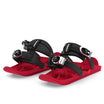
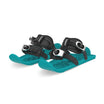












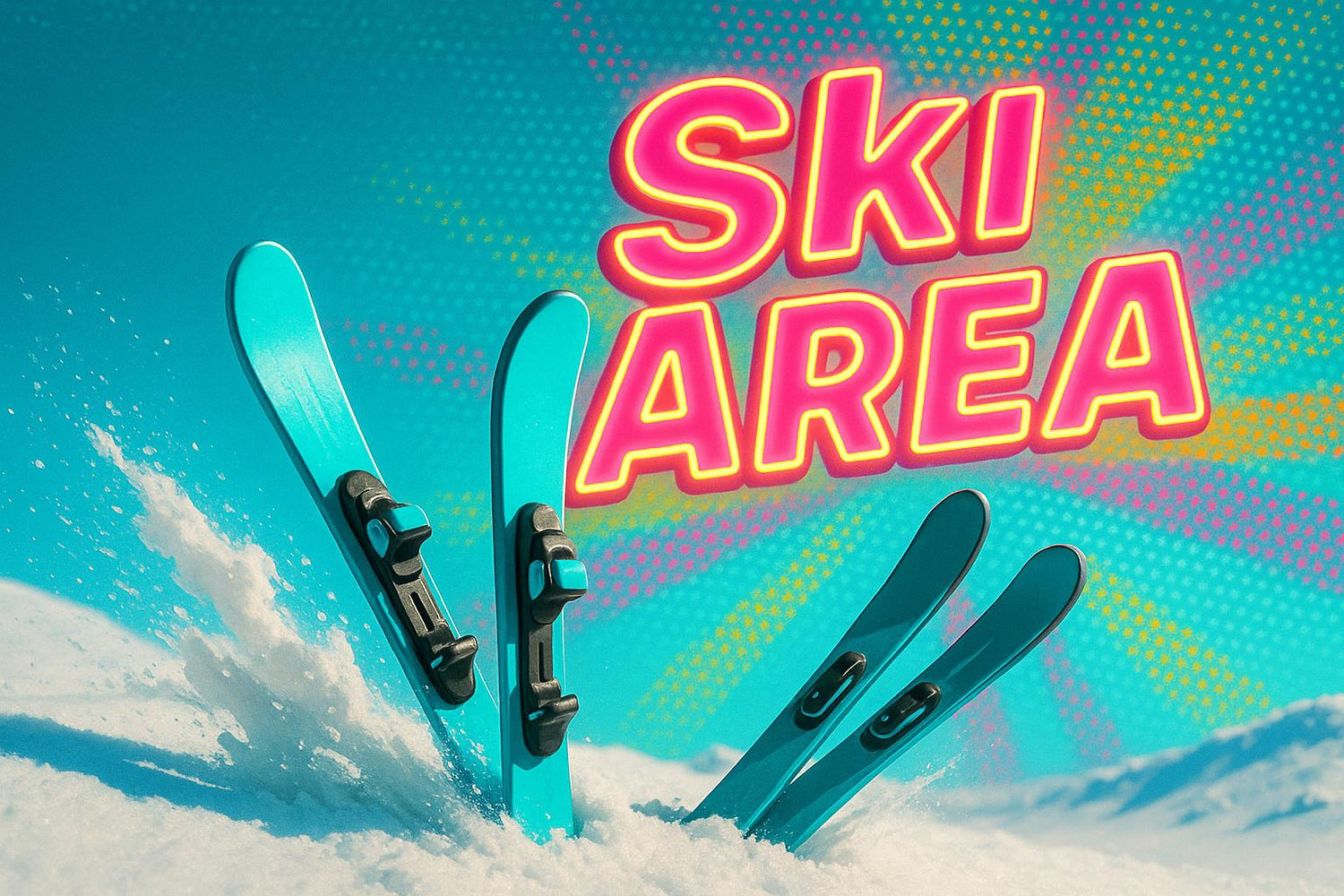
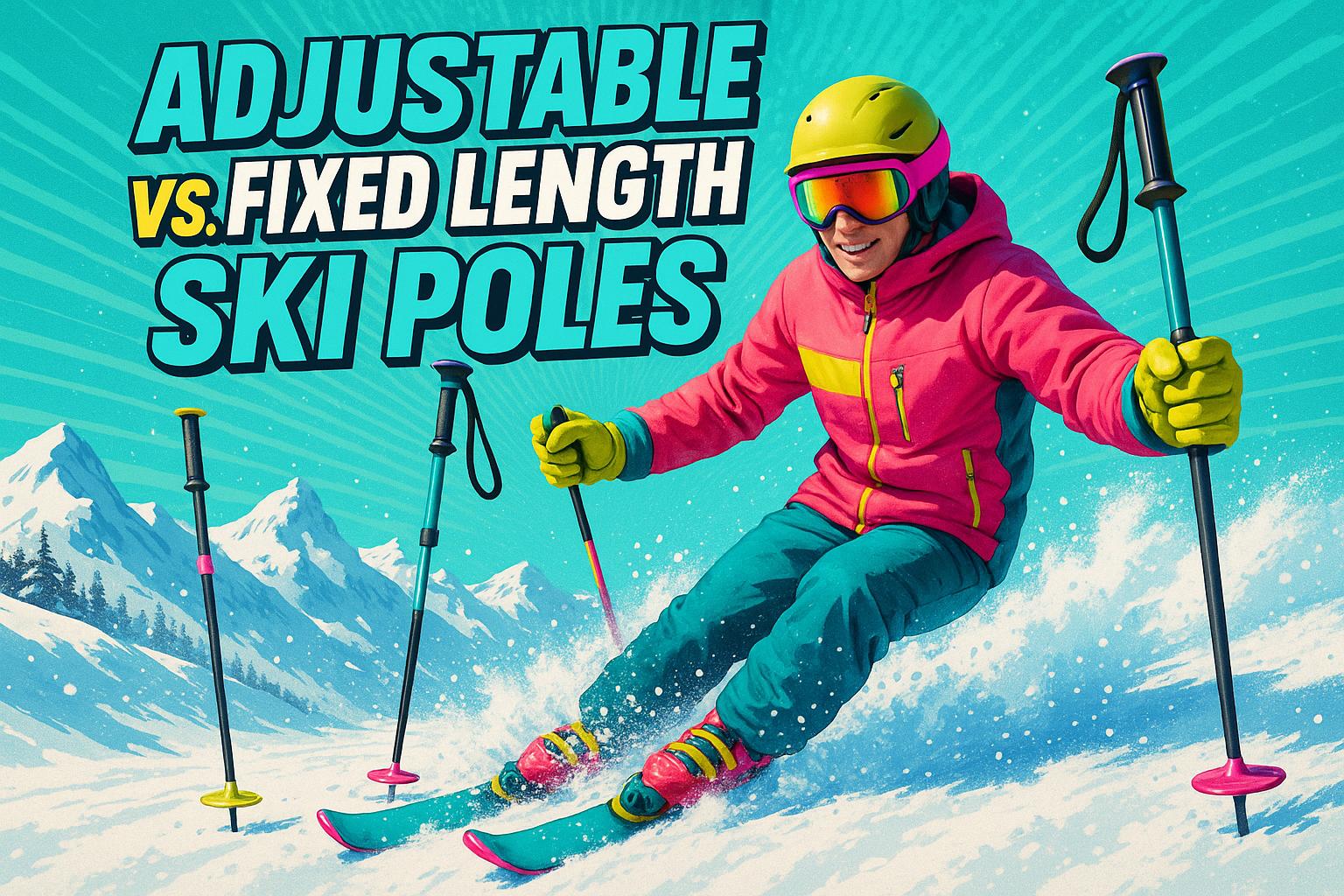
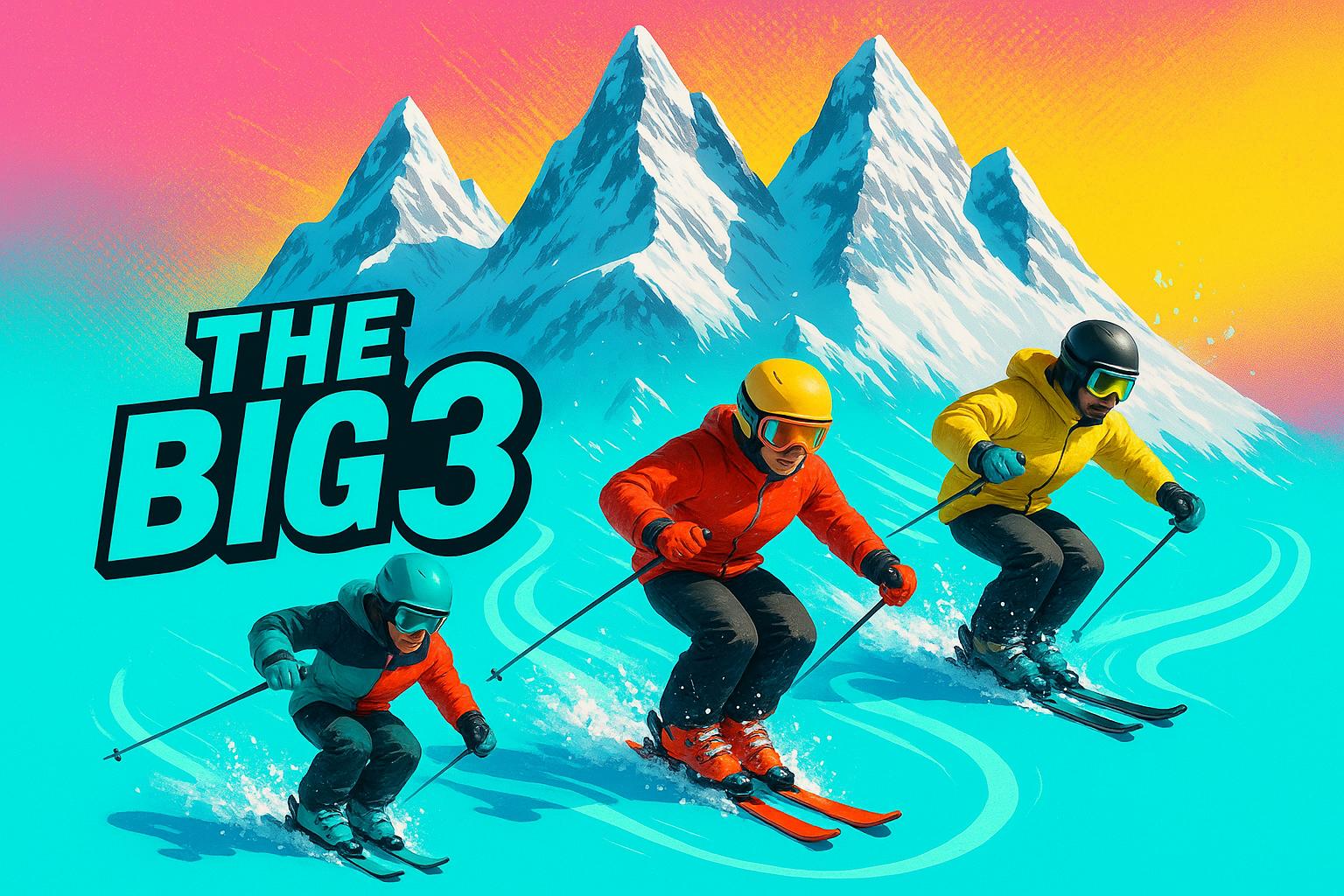




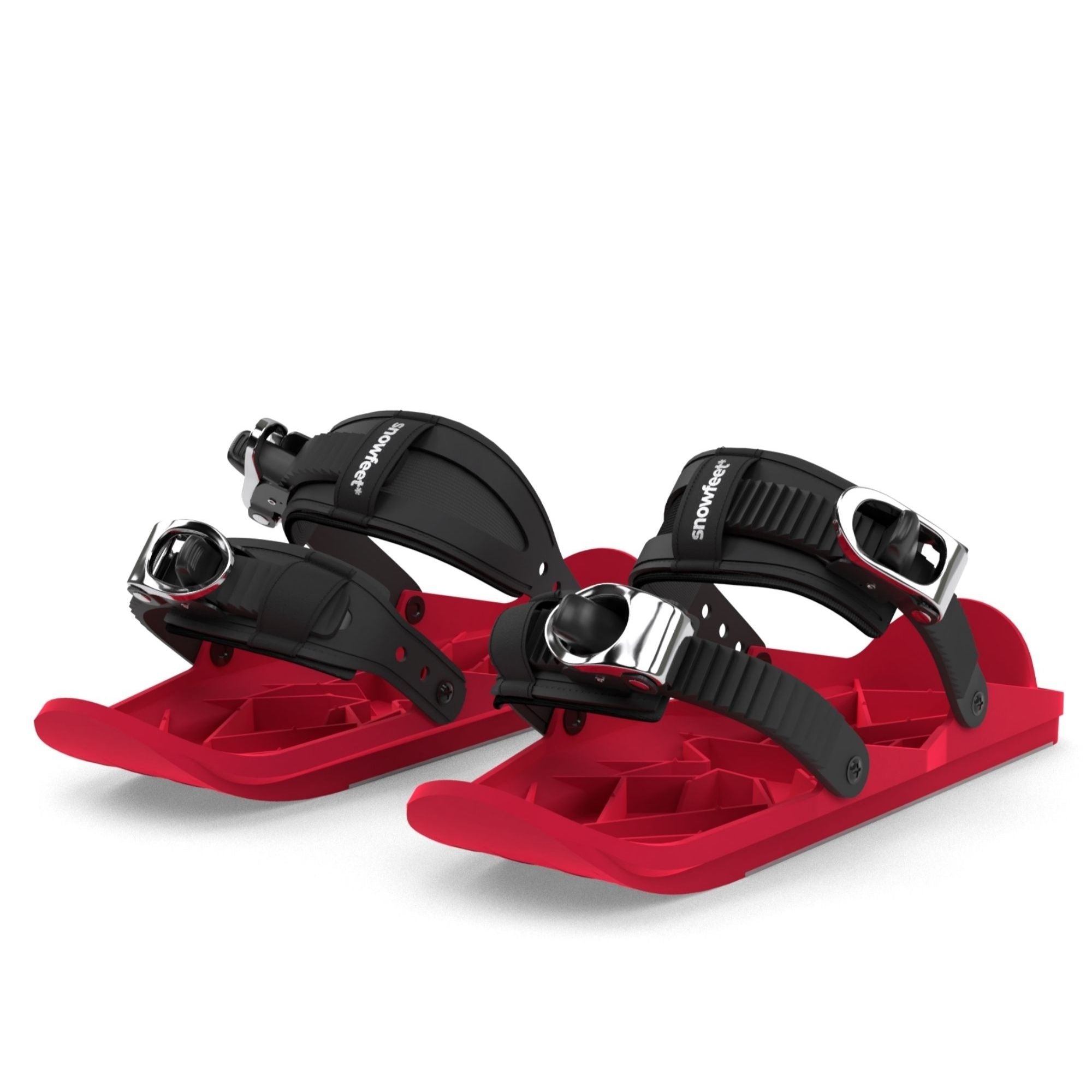
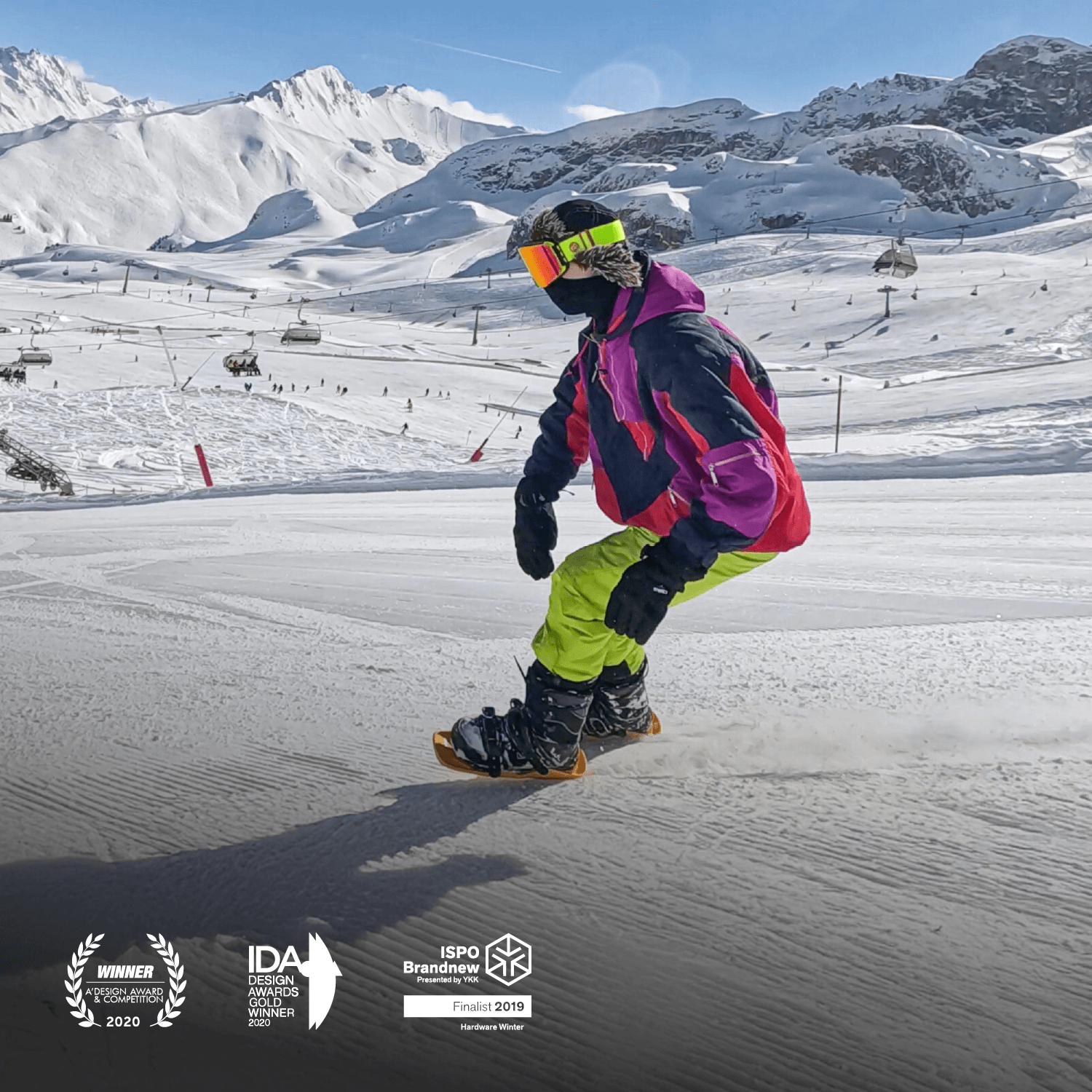




Leave a comment
This site is protected by hCaptcha and the hCaptcha Privacy Policy and Terms of Service apply.